
|
|
|
|
|
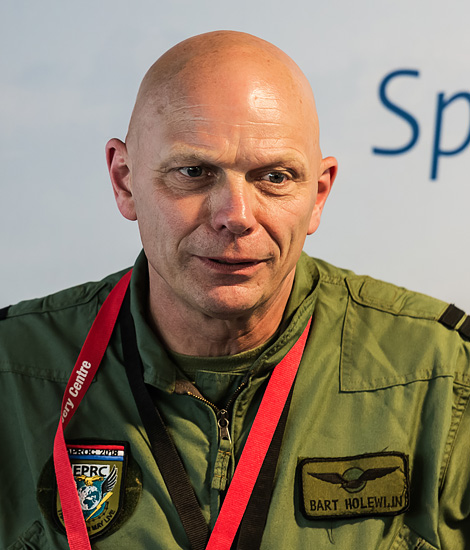
|
The Impact of Isolation; Gilze-Rijen, May 31, 2018
The APROC Course 2018, part 2; Text and Photograph's by Alex van Noye
History shows that personnel who become isolated in an enemy environment can have a major impact on the home front and on politics of a country. There are many examples from the past where people have fallen into the wrong hands. The European Personnel Recovery Center was established through these bad examples.
If you are isolated, it will probably not have a big impact right away and usually you get out of it with some help. However, if you become isolated in countries such as Mali or Syria, then the danger of another caliber is present due to possible hostility. It can also happen to you in Sweden, for example, and then even though it is a friendly country there is also a danger, simply because you can die because of the cold. Within the NATO, guidelines have been drawn up which determine the risk of isolation. This guideline is indicated as the SERE (Survive, Evade, Resist, Extract) guideline. This guideline defines a set of tactics, techniques and procedures which give isolated people something to survive in every environment. The guidelines include recommendations to ensure that one is not imprisoned or how one can escape from the hands of an aggressor. And finally, the guideline includes the process of extracting from the area, whether that is a private action or with the help of an extraction team. NATO Personnel receives up to three training levels in SERE training depending on the function one has. Level A is mandatory for all the staff and contains the theory lessons. During a Level B training, a demonstration will be attended which shows how to survive. Finally, the highest level of training is Level C, where the student stands on its own and has to survive. The last training one gets at NATO is the Pre-Deploy training. Some situations, such as survival in a desert, cannot be trained in the Netherlands, for example. In that case, soldiers first train in the area just before the deployment of the unit in that area begins. In this way one can get accustomed to the area and the chances of survival are increased when people becomes isolated.
Holewijn already spoke about the negative impact which can arise if staff become isolated. According to Bart, everyone in the world has heard of Gary Powers. According to him, this is the classic example of the negative impact of a person being captured on enemy territory. People are still talking about this remarkable story more
|
|
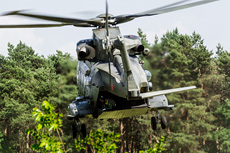
|
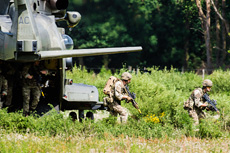
|
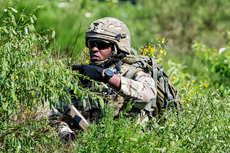
|
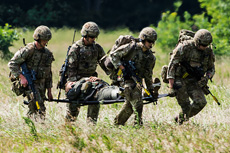
|
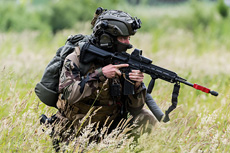
|
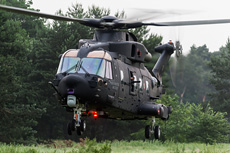
|
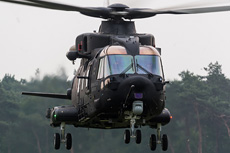
|
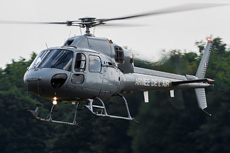
|
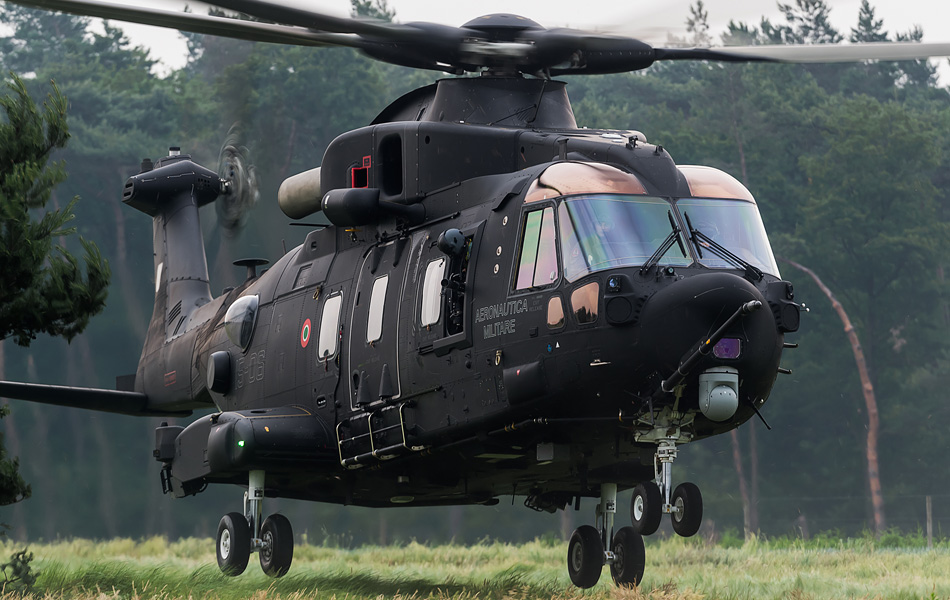
|
than 50 years later. Gary Powers flew with his U-2 espionage aircraft over the Soviet Union to take pictures of the country. PR was totally not in scope during those days, because they thought that the U-2 flew so high that it could never be shot down. The aircraft flew so high according to the Americans and it was so well maintained that it could not crash. If the aircraft crashed unexpectedly, the chance that the pilot would survive was so small that its chance was almost zero. And if the pilot survived, he always had a cyanide pill to commit suicide before he was captured. According to Bart, the Americans were prepared for everything, they thought. People had thought of everything until Gary Powers appeared. Bart tells, he was shot down and he survived the crash and he did not use the cyanide pill. The impact of the negative advertising came when the Russians and the Americans were just busy discussing the reduction of their nuclear arsenal. At the time, the American president was not happy with the news of his Russian counterpart that they had also captured an American pilot who had been brought down above their country.
Holewijn is speaking of a good example why a decent PR training is necessary. Bart talks about the failed PR in Iran during the Operation Eagle Claw in 1980. During this failed action to liberate American soldiers, many people died in a completely failed rescue operation. Until this rescue mission, parts of the army had never trained with each other on this kind of extraction missions. But because every component wanted to participate in this so-called high visibility mission, a joint operation was set up. This mission was totally unprepared and nobody was trained for this mission according to Holewijn. One of the lessons learned here was that all army units must be trained to jointly carry out these types of PR missions successfully. In addition to the failure of the mission, this mission played a major role in not being re-elected as President of America for Jimmy Carter. Because of this he was the first president in American history who was not allowed to lead for a second term. Bart indicates that these kinds of missions are of a high impact for both the military and politics. In 1994, the following wise lesson for the Americans took place in Mogadishu in Somalia when an American Blackhawk was shot. The soldiers who survived had to fight fiercely for two days to get out of the fight alive. This action ensured that Bill Clinton was forced to withdraw all American soldiers from Somalia within a few months.
The examples Bart cites are, of course, all examples from the United States. According to Bart, one can now think that we cannot end up in this situation in Europe, because we are less present in the world here. Also in the Netherlands we have some painful examples of isolated situations which brought shame for the country and sensitive political consequences. The biggest example was the Dutchbat 3 detachment in Srebrenica in the former Yugoslavia. During this isolation, a whole battalion of the Royal Netherlands Army lost the control of an entire area through which the Bosnian Serb army carried out ethnic cleansing. The Dutch military did not have the means and the power to fight back to prevent this massacre. To this day, this is still being discussed in the Dutch politics. The story of Arjan Erkel is also a good example. The man was an employee of the international aid organization Doctors Without Borders (Artsen Zonder Grenzen, AZG). He became known for being kidnapped in Dagestan in the summer of 2002 and was imprisoned for 607 days. A recent example of a failed extraction took place in 2011 when the crew of a Dutch Navy Lynx was captured in Libya. This situation brought shame to the Dutch government and it took maximum diplomatic negotiations to get the crew free again. All these examples have been the reason for a number of European member states to set up the European Personnel Recovery Center (EPRC) which specializes in the extraction of isolated personnel.
|
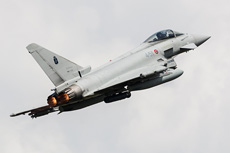
|
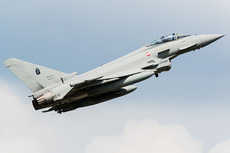
|
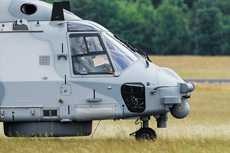
|
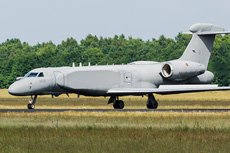
|
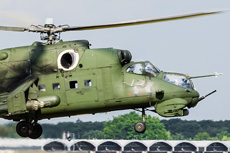
|
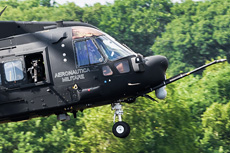
|
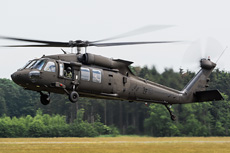
|
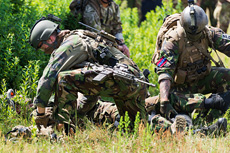
|
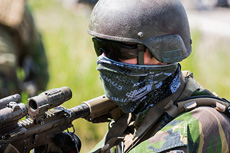
|
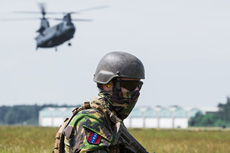
|
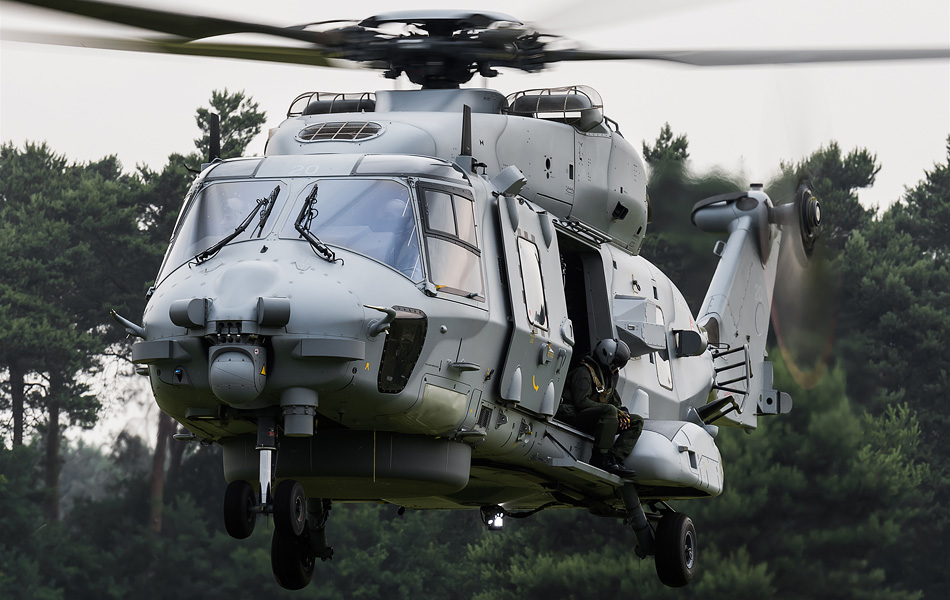
|
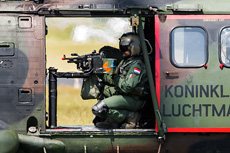
|
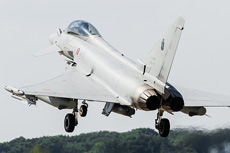
|
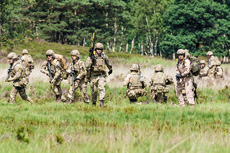
|
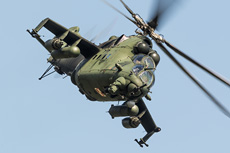
|
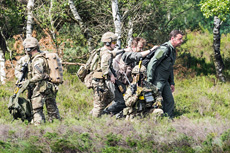
|
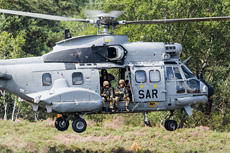
|
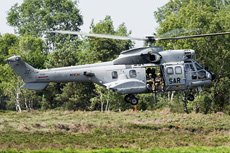
|
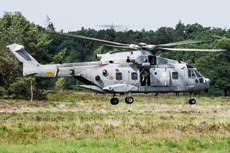
|
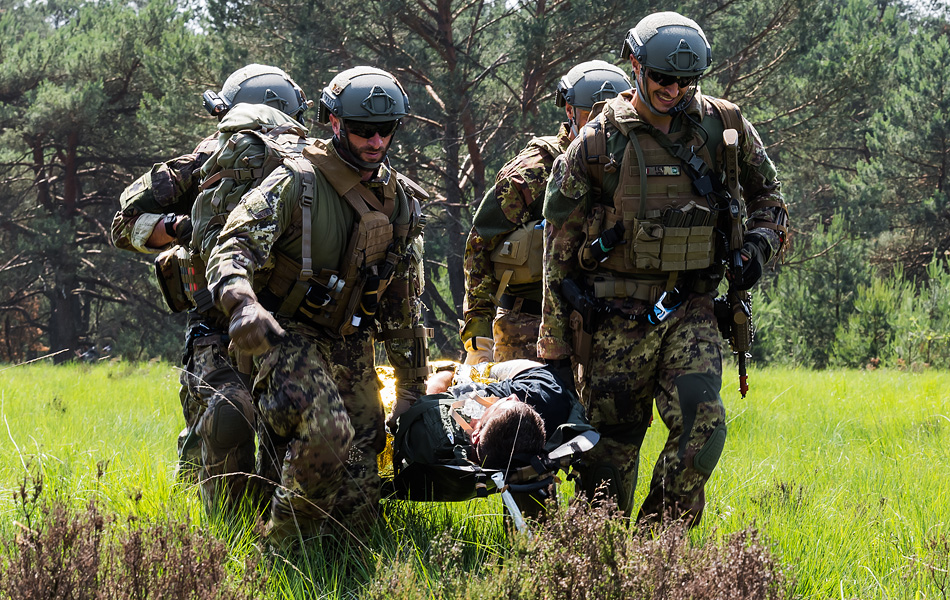
|
|
|

|







